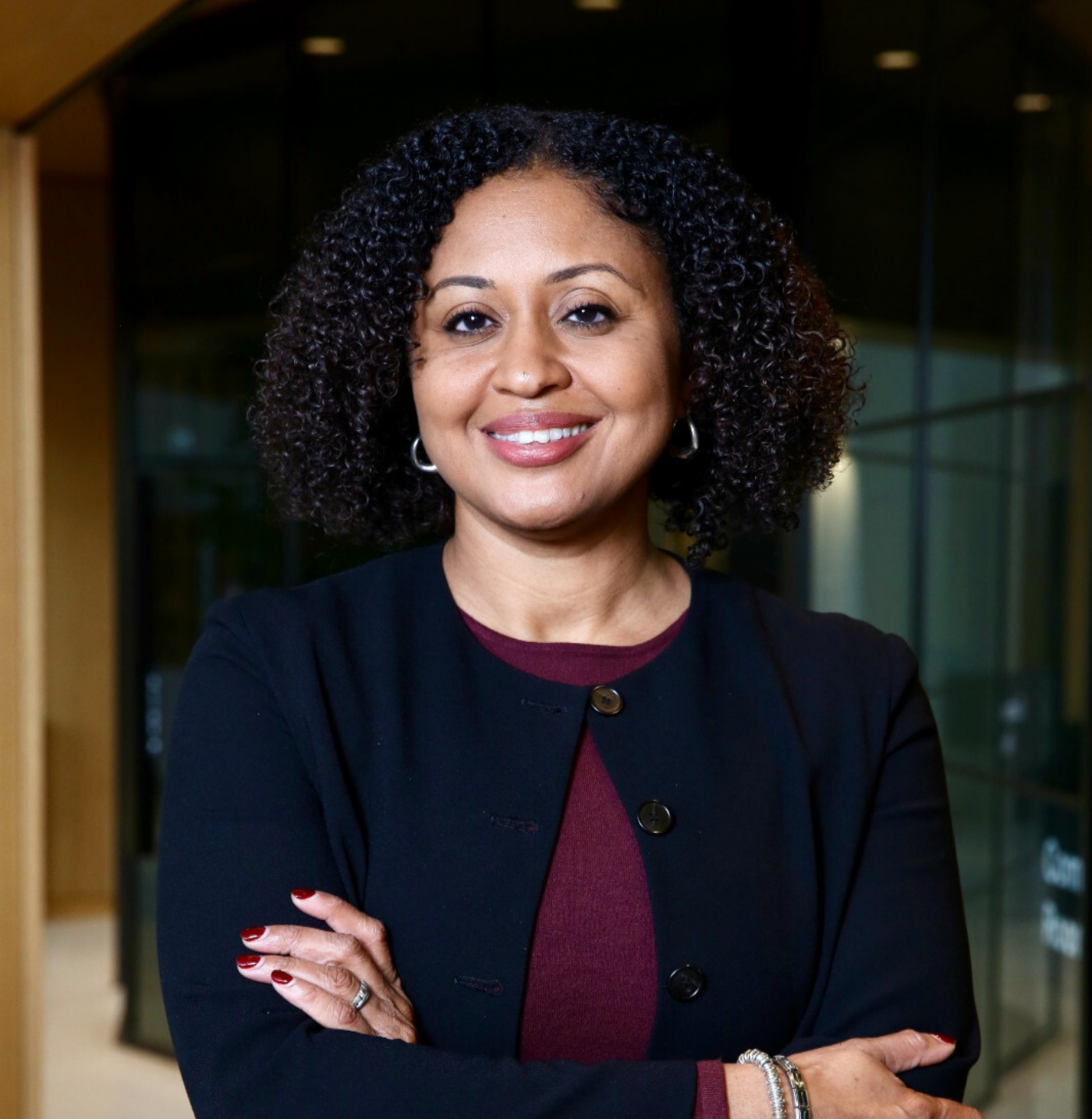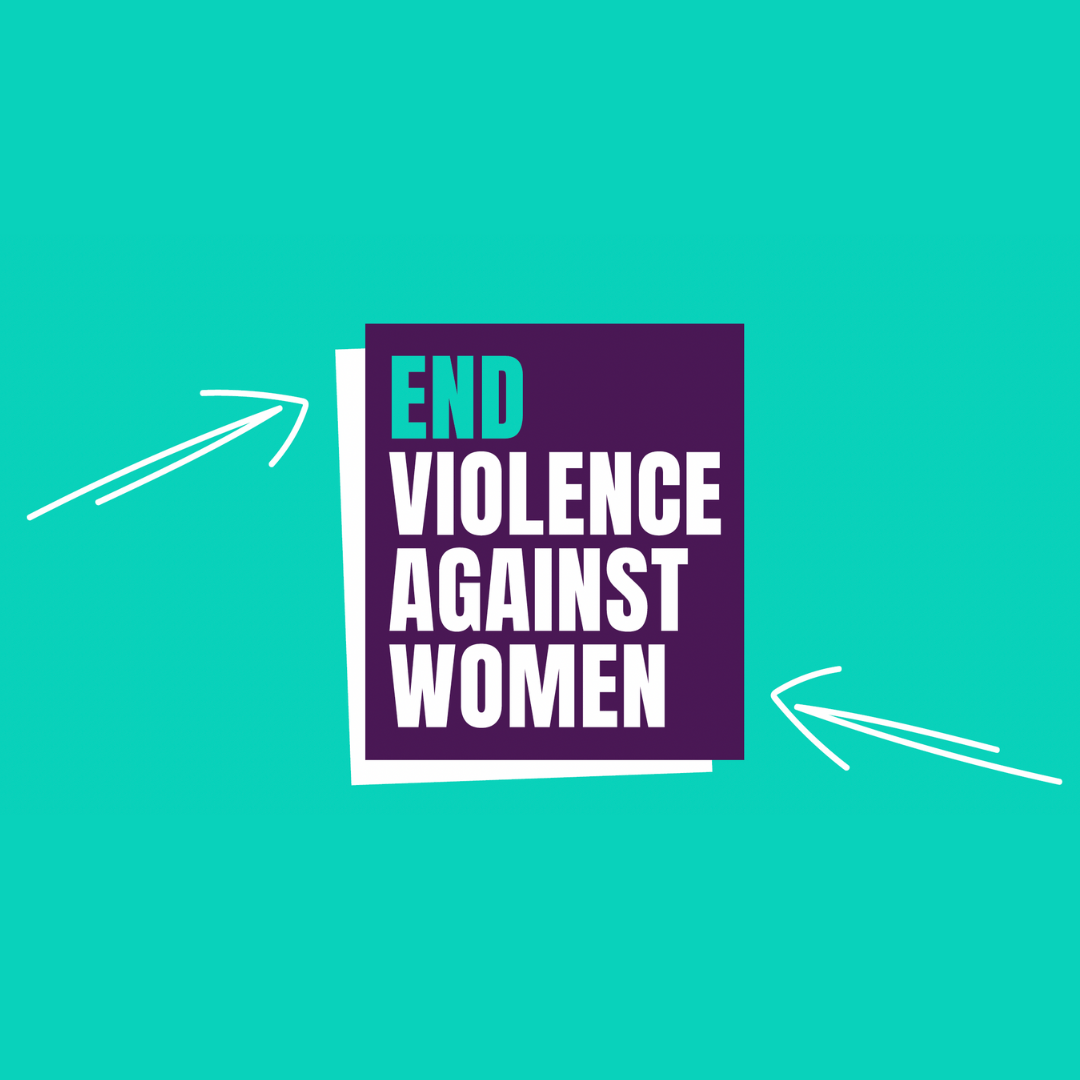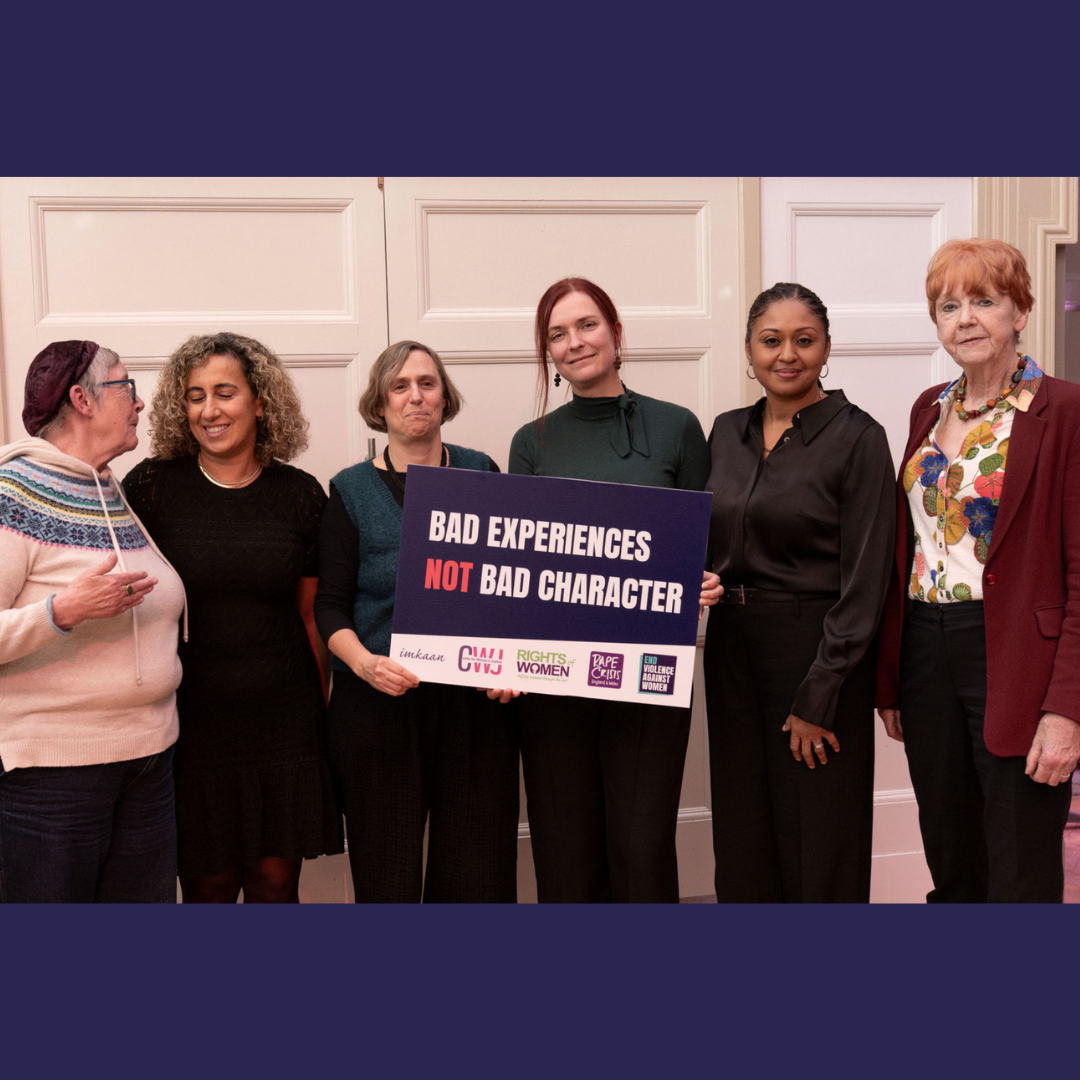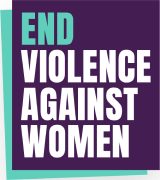 19 Dec
19 Dec
The Labour government has committed to a landmark goal to halve violence against women and girls (VAWG) in a decade. Today, the Office for National Statistics (ONS) has published a combined measure of domestic abuse, sexual violence and stalking from the Crime Survey for England and Wales (CSEW) which has been produced as the main measure for monitoring the government’s mission.
The measure finds that in the year ending March 2025, an estimated 10.6% of people aged 16 years and over were victims of at least one of the crime types of domestic abuse, sexual assault or stalking in the last year (12.8% of women and 8.4% of men). This equates to 5.1 million people aged 16 years and over (3.2 million women and 2.0 million men).
We remain concerned about changes to the new CSEW questions on domestic abuse which fed into this measure, and we believe fail to fully capture the gendered nature of offending given the disproportionate harm, frequency and intensity of domestic abuse experienced by women and girls.
Our shamefully high levels of femicide speak to this, and how on average, a woman is killed by a man in the UK every three days.
The End Violence Against Women Coalition (EVAW), alongside over 80 expert VAWG organisations, has consistently called for the government to take an ambitious approach that not only looks at reducing the prevalence of VAWG incidents but also recognises how women and girls’ lives are multi-faceted and likely to include myriad forms of men’s violence across their lifetimes, with far reaching impacts and harms.
Rebecca Hitchen, Head of Policy & Campaigns at the End Violence Against Women Coalition (EVAW), said:
“This new, combined measure of domestic abuse, sexual violence and stalking fails to capture the full spectrum of VAWG incidents, including online abuse, so-called ‘honour’-based abuse, child abuse and sexual harassment. Our concern is that this measure has been created for the ease of government, rather than trying to truly represent the scale and impact of violence against women and girls.
Given we were not involved in the development of this measure, we will need time to digest the methodology and potential impacts. However, questions must be asked about the extent to which this measure may impact on funding decisions, as the government’s choice to assess itself on this basis may dictate the direction of resources.
It is vital that the government response to VAWG looks beyond individual incidents alone to understand the wider, systemic impact of VAWG on families, networks and communities and how this compounds women and girls’ inequalities.
Even with this narrower approach the figures are stark, with an estimated 1 in 8 women experiencing a form of domestic abuse, stalking or sexual assault last year alone. There is no more time to waste. We need a plan from the top that sets out clearly how the government intends to tackle this national crisis.”
We’re calling for a further consultation process to be opened so that there is transparency and a clear structure around how the VAWG sector and VAWG experts can inform and guide the development of the government’s approach to measuring VAWG and the delivery of its mission to halve it. This must include consultation with smaller specialist VAWG organisations, including those led ‘by and for’ Black, minoritised and migrant women, and others who are marginalised.
The End Violence Against Women Coalition (EVAW), Women’s Aid, Imkaan, Surviving Economic Abuse and Respect have drawn up our shared principles and recommendations for how the government should approach its halving VAWG mission here.
ENDS
Media contact
Sinead Geoghegan, Head of Communications, media@evaw.org.uk
Recommended ARTICLES
 19 Dec
19 Dec
 18 Dec
18 Dec
 03 Dec
03 Dec
